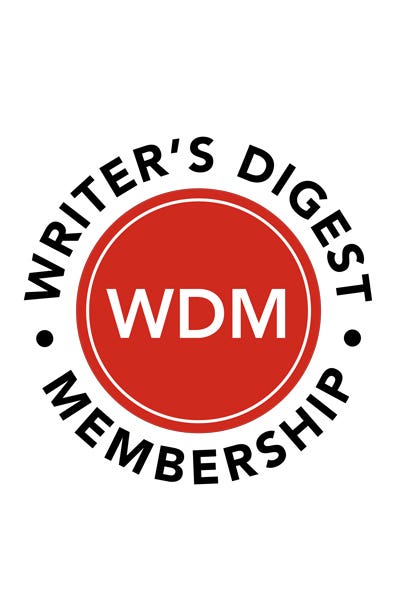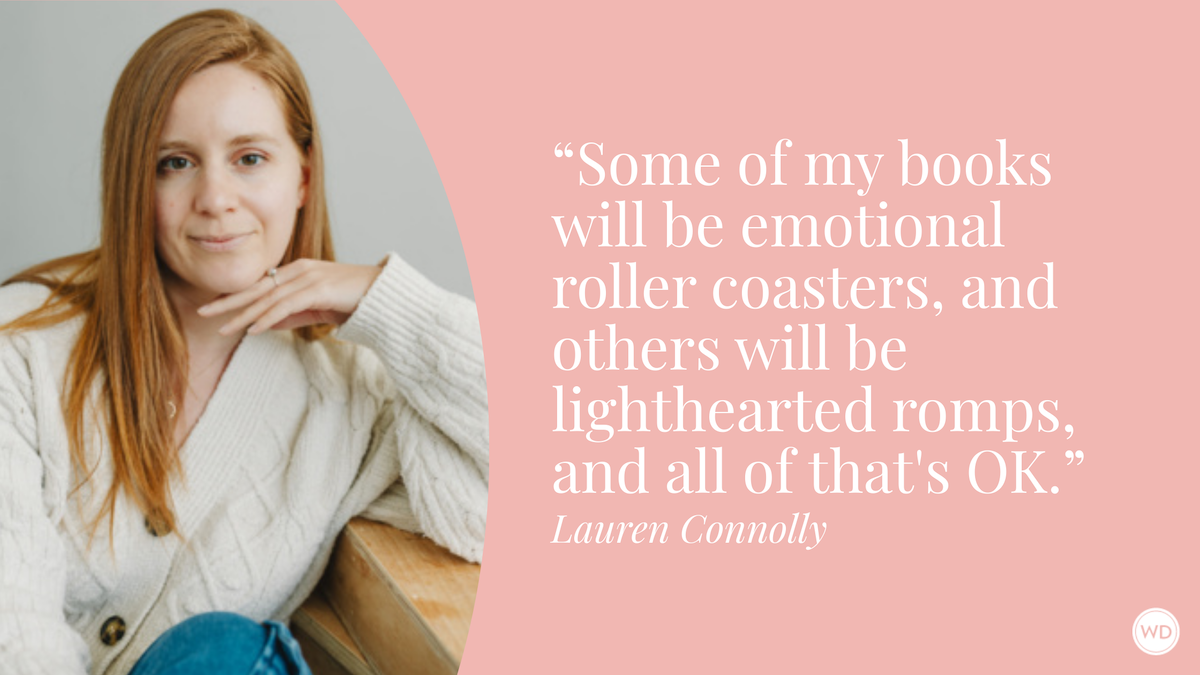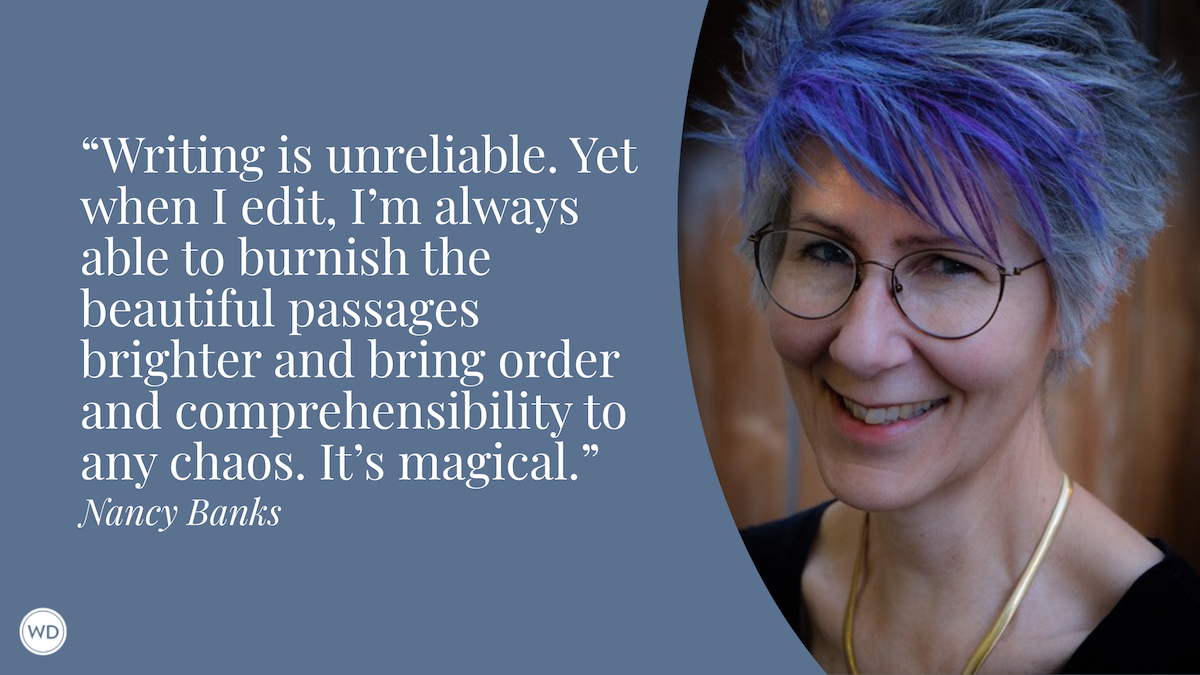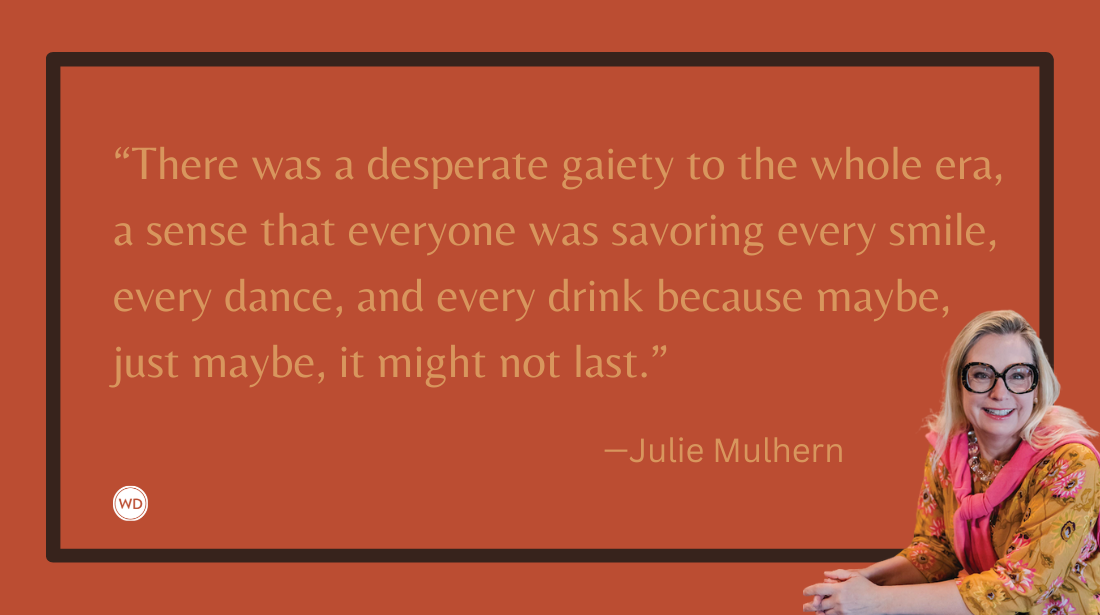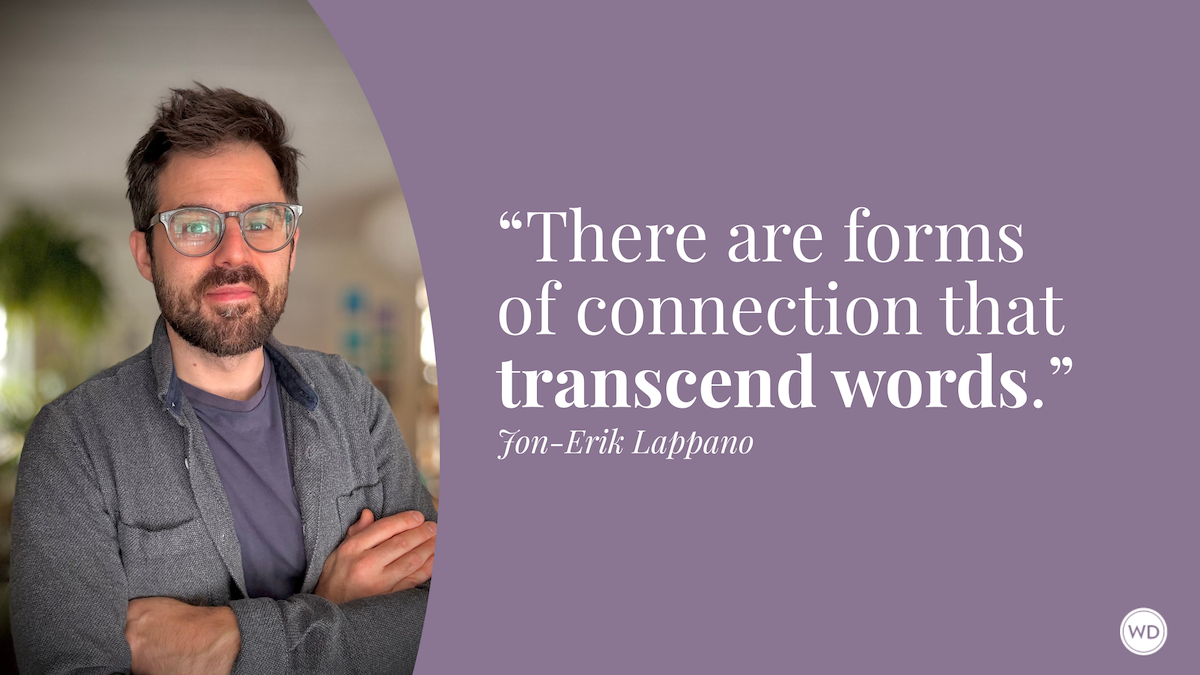The Interplay of Point of View and Perspective in Fiction
Author Kerri Schlottman discusses the interplay of point of view and perspective in fiction while also explaining how they are different from one another.
The terms perspective and point of view are sometimes used interchangeably, but they have distinct differences that are important to consider when writing fiction. While point of view is the type of narrator used to tell a story, perspective is that narrator’s inner thoughts and orientation to the world.
Point of view and perspective go hand-in-hand to bring readers closer or force some distance, to allow them to get deep into a character’s thoughts or create some mystery. When used to its fullest potential, perspective enhances point of view and deepens engagement with the narration. Well-told stories seamlessly harmonize these two elements.
The Ear of the Story
So, how do writers decide which point of view to use in their stories and how does that influence perspective? First, it’s important for writers to consider how they want to convey their story. One way to think about that is by considering what author Rebecca Makkai calls the “ear of the story.” The ear of the story asks writers to consider the point of telling the story—who is it for?
This is a helpful place to spend time before deciding which point of view might be most effective. Understanding the ear of the story helps writers define who the story’s implied reader is, what that reader already knows, and what they need to know. This influences how the story is calibrated and helps a writer consistently balance the narration.
The ear of the story will likely influence point of view and perspective. Within the main points of view—first person, second person, third person—are various techniques writers can use depending on what kind of relationship they want to create with the reader and how they want readers to interact with characters, setting, and the storyline. The most important aspect of skillfully using point of view is to adhere to its rules of narration.
First Person, Second Person, and Third Person Narration
If using first person, for instance, the narrator will only know as much as they already know, or what the reader learns with them. Second-person point of view places the reader in the position of a character of the story. It forces a familiarity with the reader but can also be challenging to effectively maintain over the course of a story.
Because of some of the limitations of first and second person, third-person narrative point of view is a common choice for writers of fiction. It allows for the greatest amount of flexibility as the narrator exists outside of the events of the story but can still deploy some of the characteristics of first and second person when it comes to familiarity and intimacy with the reader.
Within each point of view, there are additional considerations. For example, in a third person point of view, writers must also decide if the narrator is omniscient (knows what each character is thinking) or limited (knows what only one character is thinking). While first-person point of view generally follows one narrator, first-person plural may also be used to give a collective voice to the narrator. This may expand what the narrator knows but can also be a tricky technique to deploy well.
Decisions within point of view will be dictated by the ear of the story and/or by the level of engagement the writer would like the reader to have with the characters. Writers may also choose to blend points of view. One example is Lorrie Moore’s short story “How to Become a Writer,” in which Moore uses a first-person narrative point of view with a narrator who conveys information to the reader using a second person point of view.
There is no right or wrong choice in choosing point of view. Each offers different ways to connect with the reader and has specific benefits and challenges. The key to strong storytelling is consistency in the interplay between the ear of the story and the point of view. If a writer assumes their reader has familiarity with the themes of the story, that assumption should be carried throughout the story and dictate how the narrator “talks” to the reader.
IndieBound | Bookshop | Amazon
[WD uses affiliate links.]
The Role of Perspective in Storytelling
While the ear of the story and the narrative point of view are how the story is directed to the reader, perspective is an important tool for transmitting the motives of the story and for adhering to the kind of relationship the writer wishes to create with the reader. Perspective allows the writer to determine the level of engagement with the reader.
It’s the magic of character development and what brings the storyline to life by inviting readers to understand why and how characters behave and how they interact with one another. A fun example of the unique use of point of view and perspective is Annie Hartnett’s novel Unlikely Animals. Hartnett uses a first-person plural point of view by giving a collective voice to deceased community members buried in the local graveyard. Hartnett’s collective “we” has a shared perspective, and this chorus of voices is able to tell the reader things about the characters that the characters don’t yet know.
A finely crafted story, whether a short story or a novel, is a dance between the ear of the story, the narrative point of view, and perspective. Most of these things will come naturally to writers if they follow their intuition on how best to tell the story they want to tell. Still, it’s important to remember that there might be limitations to choices made and that ultimately the work is in service to the reader, who has chosen to enter into a relationship with the story and its writer. And, like any other kind of relationship, this too needs care and attention.
Kerri Schlottman’s writing has recently been featured in The Dillydoun Review, Belle Ombre, and Women Writers. Her work has been honored with the Dillydoun International Fiction Prize (second place), Dzanc Books Prize for Fiction (long-listed), and the 2021 University of New Orleans Press Lab Prize (semifinalist). Kerri is a native Detroiter who has worked in the arts in New York City in various capacities since 2005, most recently at Creative Capital where she helped to fund new projects by artists, performers, filmmakers, and writers, including Maggie Nelson, Paul Beatty, and Dana Spiotta.



